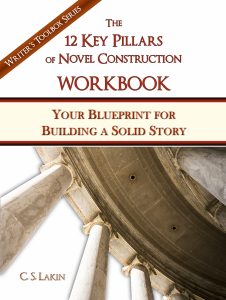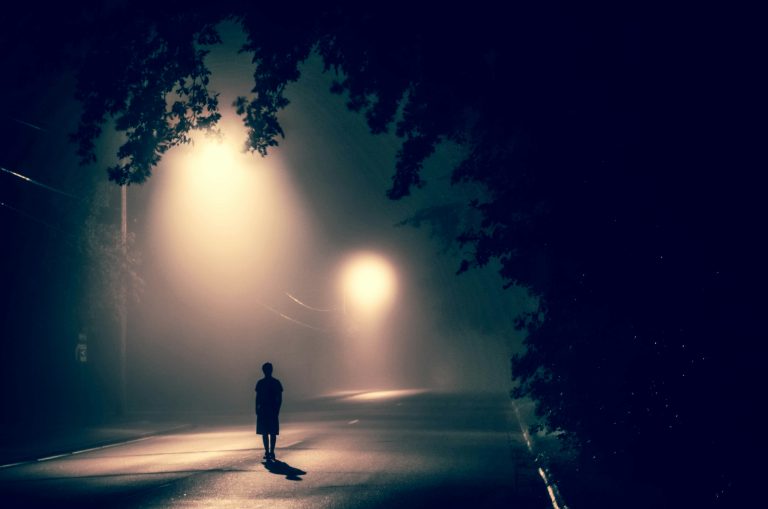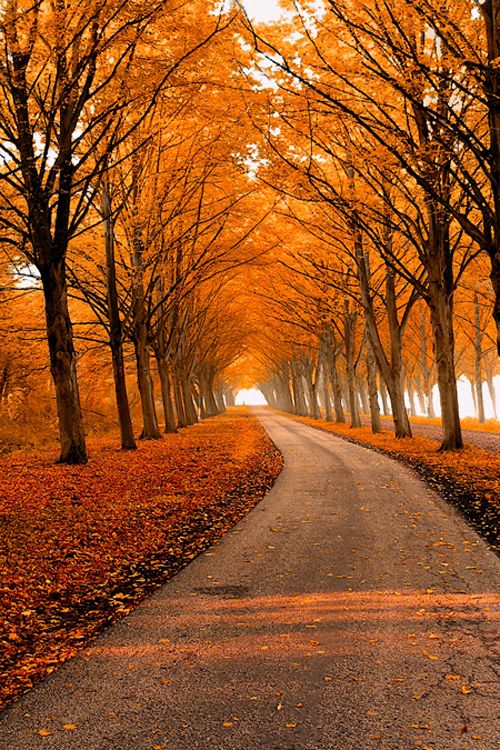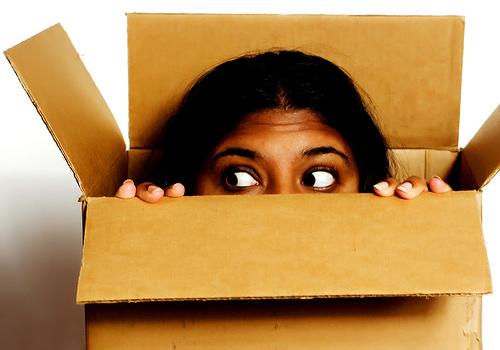How to Choose Setting with a Purpose
Settings in fiction are often in the background—literally. Characters are talking and doing things, but readers get merely a glimpse of setting.
A character enters a building in some unidentified place (town, countryside, the Moon?) and goes into a room that has no description whatsoever.
The character walks outside, and there is no notice of weather or time of day or season. The reader can’t see the neighborhood or the environment.
Face it: if a writer doesn’t care much about setting, the reader won’t either.
Is that a problem? Maybe not for some readers. But most people will agree that the task of a fiction writer is to immerse her readers into her story. And story is setting. Characters have to be somewhere while they are talking, thinking, and behaving.
Setting can be functional and boring. Or it can be powerful in the hands of a master. I wrote a number of posts earlier in the year on masterful setting description. If setting is one of your weak areas as a fiction writer, I’d like to encourage you to read those posts and apply the insights presented in them.
I’ve written a lot about setting, but for the moment, I’d like to get you thinking about two concerns regarding setting. I’m a huge fan of setting rich in sensory detail. As a reader, I want to be swept into the world of the characters in a tactile way. I want to see what the characters see, hear what they hear, smell what they smell. I want to feel the sun on my skin, the wind on my neck, the humidity in the air. I want to get a feel for the lighting and what in the surroundings catch the characters’ attention and why.
Two Setting Concerns
The first consideration fiction writers should spend time on is the overall locale of the novel’s setting, which may be one place, like a small town, or have an international hodgepodge of locales, such as in Ludlum’s Bourne series.
It may be that your premise requires a very specific location, but if not, take the time to think about your concept and the protagonist’s goal, and consider places in which to set your characters so they can provide as much interest, potential for conflict, and utility for your story.
And of course it has to be a place that works for your protagonist’s background and personality.
When I began plotting The Menopause Murders, I came up with the image of my character killing someone with a fish at the fish market in Seattle (this is a dark comedy). I thought of how my heroine having SAD (seasonal affective disorder) would complicate her life. So I chose Tacoma, Washington, as my overall setting.
I wanted my detective in A Thin Film of Lies to struggle with heat and allergies, for that could add stress to her life. I set the novel in Los Angeles because I’d grown up there and had suffered from the smog (back in the day, we had smog alerts and had to stay in the classroom during lunch because of health dangers).
It may not matter much where you set your story, but I would encourage you to choose a place that interests you. Maybe it’s a place you know well, and you can bring out details that perhaps others can’t. A typical city or rural area can be easily recognized and related to, yet at the same time you can bring out iconic and unique features to make that overall setting come to life in a special way.
Use a Diverse Variety of Settings
The next consideration is the individual scenes in your book. If you are trying to show a character’s well-rounded life, you will want a number of different locales showcasing his job, his family, his hobbies, where he hangs out with his friends.
But the trap for many writers is when they choose random settings for no apparent reason as a backdrop for the story. Or default to the same setting over and over. And that means missing out on a very useful structural components for a story. Setting is so powerful in our lives, and it can—and should—be in the lives of our characters.
The premise and plot will determine much of the setting in general, but often there is leeway to be creative with specific places. Whether your story is set in a small Southern town, or in a sprawling city, or a fantasy world, within that locale are many different places you can stage your scenes.
Tacoma, WA, isn’t all that unique. It does have special attributes though—at least it does to me. When I went there to scout locations for my novel, I noticed some attractive things that would add interest to my story. I set some scenes in the Tacoma Dome and at the Chihuly Bridge—two iconic locations. There are sections of town with old brick buildings. There are steep streets (very steep) that reminded me of San Francisco. And the paths along Puget Sound in various areas of town, and the beautiful parks, inspired many scenes.
Too often I note in manuscripts that I critique and edit that the characters are set in boring places. I think that’s because the writers 1) don’t value setting, 2) don’t think it’s important (again, it’s just a backdrop), and 3) don’t want to work that hard to craft evocative settings.
I’m not sure why writers default to placing their characters in coffee shops and restaurants so often. Yes, we go to those places, but think about how many hours a week you are actually in a restaurant or coffee shop. And then think about how interesting a milieu such a place normally is. Do you really get excited to go to Starbuck’s to get an espresso? (I mean, aside from longing for that drink.) Do you expect exciting things to happen there? Not likely, although I have seen some pretty wild and inspiring people come through some coffee shop doors in the many hours I have spent writing in these places.
 But I hope you see my point. Since your novel is primarily about one character and the changes and challenges she goes through to reach a goal she is passionate about, the more selective and deliberate you are about choosing setting, the better your story could be. And so many places could be great stages upon which your character and plot arcs play out.
But I hope you see my point. Since your novel is primarily about one character and the changes and challenges she goes through to reach a goal she is passionate about, the more selective and deliberate you are about choosing setting, the better your story could be. And so many places could be great stages upon which your character and plot arcs play out.
What setting concerns do you keep in mind when coming up with a locale for a particular scene? If you’re working on a novel, where have you set it and why? Share in the comments.
And if you want to learn more about crafting settings with a purpose, pick up a copy of The 12 Key Pillars of Novel Construction, as well as the workbook. In those books, you’ll learn a lot of tips on how to craft settings, and you’ll have a checklist to help you check your scenes to ensure your settings are strong and paying off. The workbook gives you dozens of brainstorming questions to help you conjure up the best, most impacting settings for your scenes.












Thanks for another informative post.
This was something I got badly wrong initially. I wrote a scene where Jane is living in a cabin in a big spaceship while battle damage to her own ship is repaired, and Eva comes to ask her some urgent questions. I wrote that Jane gave Eva a cup of coffee and then they sat down to talk. My tutor pulled me up on this because I had given no “sense of space”, no idea of what the cabin looked like or how big it was.
This was the rewrite:
Eva shuffled into the room. Jane took her by the hand and led her to the best of the three chairs. Eva sat, staring out of the curved window, unwilling or unable to meet Jane’s eyes.
‘N—Nothing thanks,’ she stammered, and began to fiddle with the hem of her threadbare red skirt.
‘Come on,’ said Jane, ‘I don’t bite, at least not people who don’t deserve to be bitten.’
Eva smiled. ‘Coffee then, if you have some. I don’t see any cups or anything.’
Jane opened one of the lockers built against the curve of the wall. ‘Force of habit, my ship accelerates a lot harder than the Consort.’ She took out a small filter coffee machine and two plastic tubes. ‘If I left something like this,’ she pulled the jug out of the coffee machine and went to fill it in the bathroom, ‘on the galley worktop, and then opened the throttles, I’d find it in small pieces against the engine room bulkhead. You learn to be tidy in an eighty-footer.’ She poured water into the machine, and plugged it in.
Now we’ve got the window, the fact that the cabin is large enough and comfortable enough to have three chairs, and the en-suite. Those few facts I think now define the space well enough for the reader to see it.
I’ve also discovered the idea that “The part shall stand for the whole.” I’ve mentioned the chairs but left out the carpet, the bed and the lighting. I hope that given a few details the reader will get a sense of what sort of space this is and what else is to be expected.
Thanks for sharing that example!
Could I make up a fake town in the real world for my characters to live in, or do I have to use the ones that already exist?
Yep, you can do either. Some authors put a fake town in among real ones (I did that with Someone to Blame, with an imaginary coastal town north of Eureka, CA) or they use real places. Sometimes a real place is best. If you are trying to portray New York or Paris, it wouldn’t make sense to give those places a fake name, right?